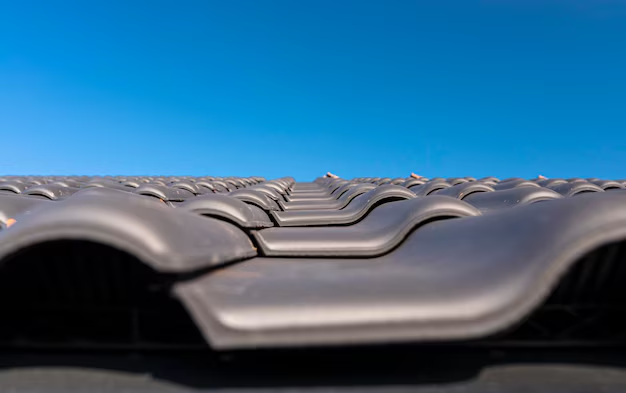Will Your Insurance Cover a 20-Year-Old Roof? Here's What You Need to Know
As your home sighs under the weight of decades, your 20-year-old roof might start to show signs of wear. It’s understandable to wonder if your insurance will step in to cover any damage. Home insurance policies typically shield homeowners from unexpected disasters, but when it comes to aging components like an old roof, the lines can get blurry. Let’s delve into what you need to consider when looking at your roof’s coverage options.
Understanding Roof Coverage in Home Insurance
Generally, most home insurance policies cover roofing repairs or replacement if the damage is due to a covered peril such as a storm, fire, or vandalism. However, the age of your roof can significantly influence how much the insurance company will pay.
- Depreciation Concerns: Insurers often consider depreciation when evaluating claims. A 20-year-old roof has depreciated significantly, which can affect payout amounts.
- Actual Cash Value vs. Replacement Cost: Policies vary, with some offering Actual Cash Value (ACV) for older roofs, reimbursing you for the roof's depreciated value. Others may offer Replacement Cost Value (RCV), which doesn't factor in depreciation but is less common for old roofs.
Coverage Limitations for Older Roofs
When your roof reaches the 20-year mark, insurers might hinge their coverage on specific conditions:
- Inspection Requirements: An insurer may require a roof inspection to verify its condition before continuing or renewing coverage.
- Exclusions or High Premiums: Often, insurance policies will exclude coverage for roofs over a certain age or significantly increase premiums to compensate for the increased risk.
What If Insurance Doesn’t Cover the Repairs?
If the insurer concludes your roof's age disqualifies it from full coverage or the premium is too burdensome, don’t despair. There are other avenues to explore:
Government Aid Programs
Several government programs offer financial assistance for home repairs, especially for senior citizens or low-income families.
- FEMA’s Individuals and Households Program: Provides help for those suffering losses due to natural disasters.
- USDA Home Repair Loans and Grants: Targets low-income rural homeowners needing repairs.
Financial Assistance Options
Beyond government help, consider different financial strategies:
- Home Equity Line of Credit (HELOC): Utilizing your home’s equity can provide funds for immediate repairs.
- Personal Loans: Suitable for those with a good credit score seeking a lump sum for a temporary fix.
Exploring Credit Card Solutions
If you have a solid repayment plan, credit cards can sometimes bridge the immediate cash flow gap:
- 0% APR Credit Cards: Offer a temporary interest-free period, allowing you to pay off roof repairs without inflating costs.
- Rewards Cards: Certain cards offer cash back or points for home renovations, potentially saving money in the long run.
Educational Grants and Workshops
To better prepare for managing home expenses, look for educational courses that offer financial literacy programs. These can empower you to handle large expenses strategically:
- Local Community Workshops: Often provide free sessions on budgeting and financial planning.
- Online Courses: Explore platforms offering budget management courses to strengthen financial acumen.
These options provide a sense of security when tackling proactive maintenance or urgent repairs, ensuring you're not left alone with the burden of an aging roof.
🔍 Financial Assistance Programs & Strategies:
- 🏠 FEMA Aid: Support for disaster-related repairs.
- 🌾 USDA Loans/Grants: For rural homeowners’ repairs.
- 💳 0% APR Credit Cards: Interest-free repair financing.
- 🏫 Community Finance Workshops: Enhance financial literacy.
